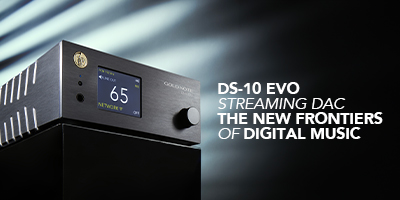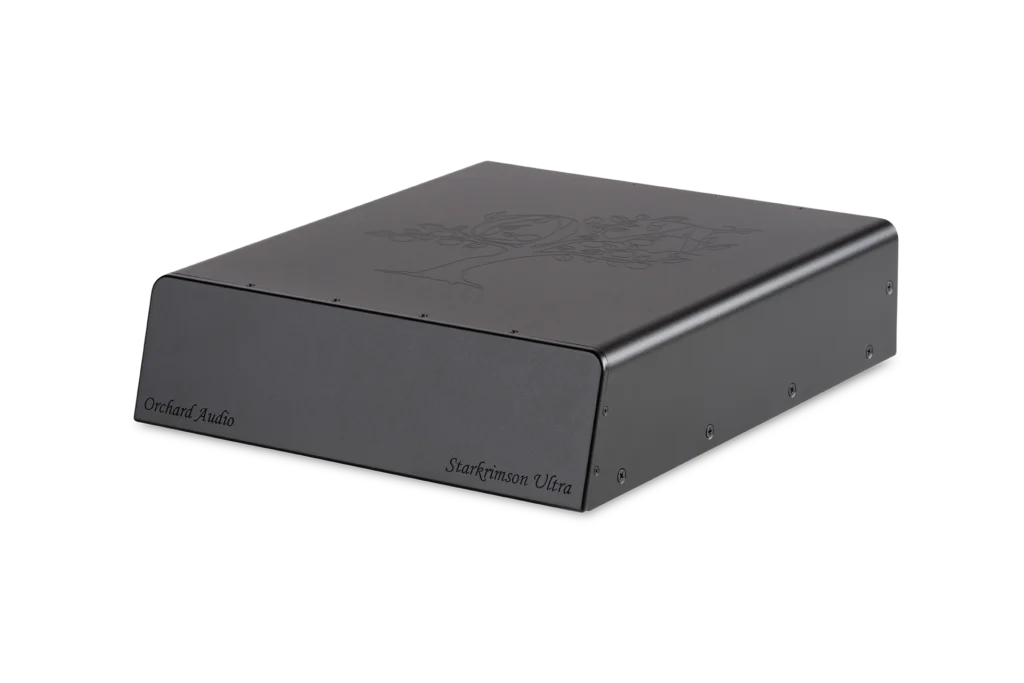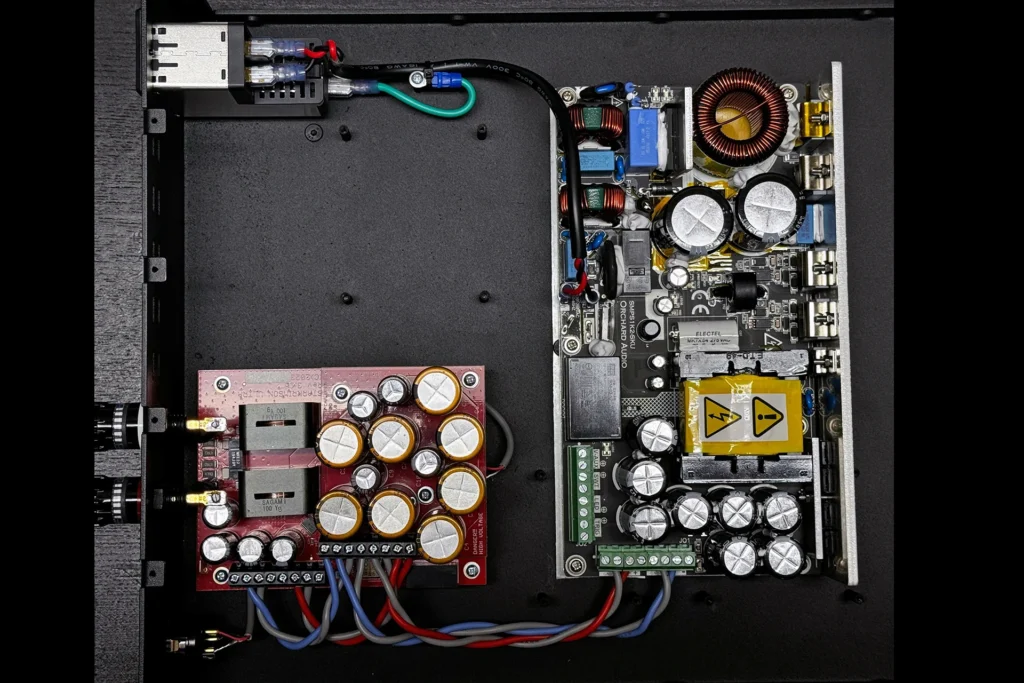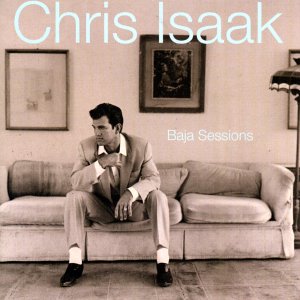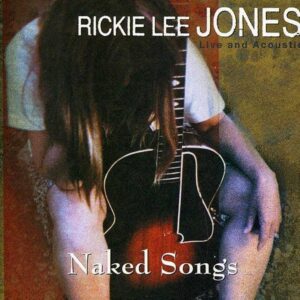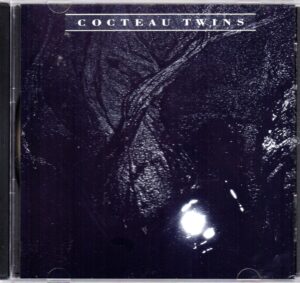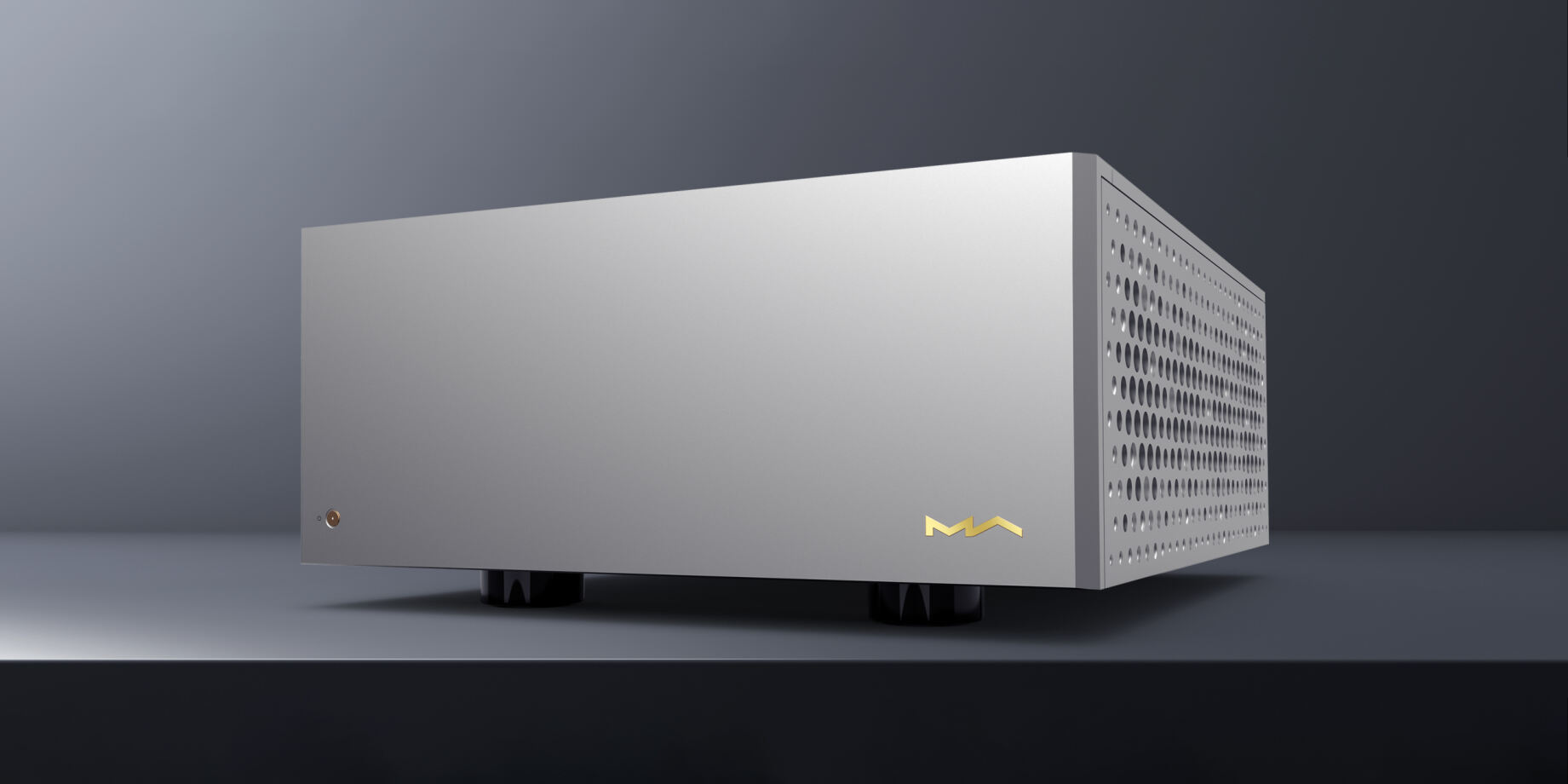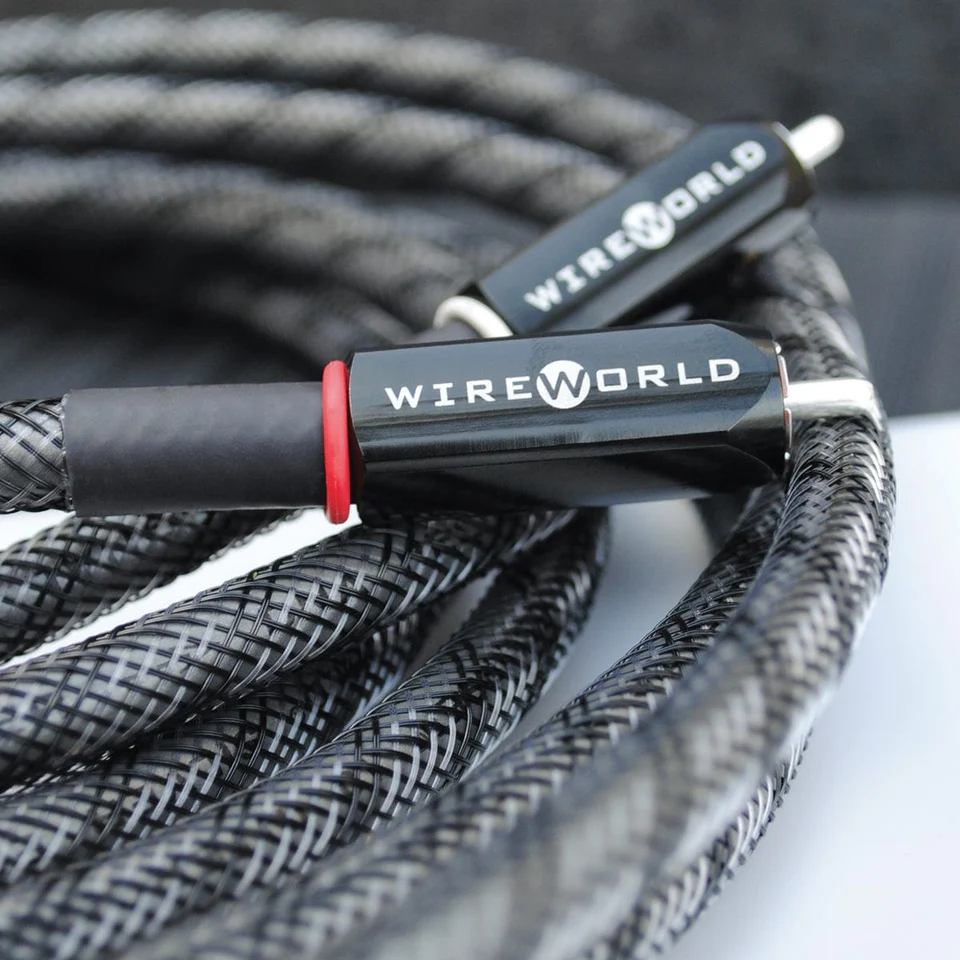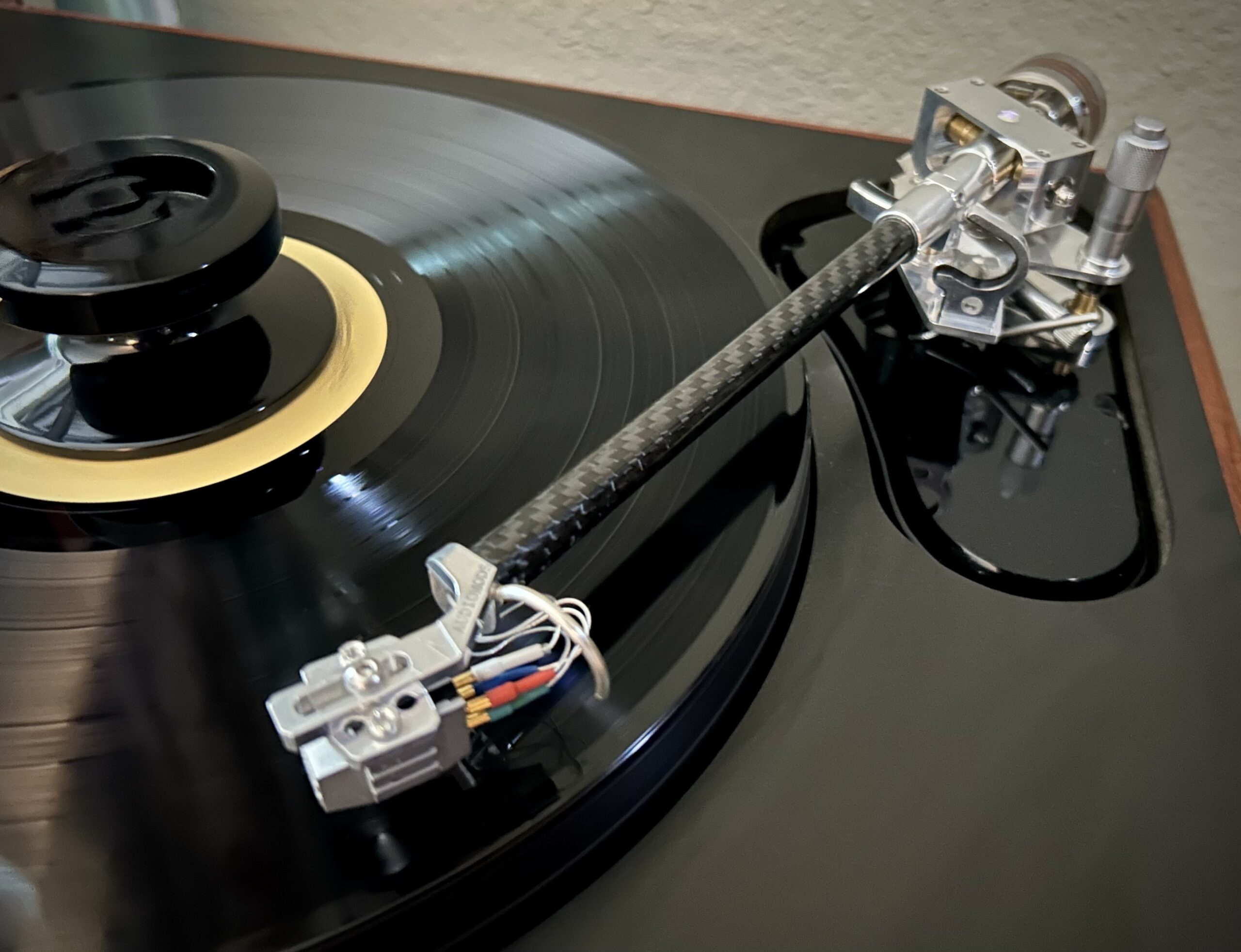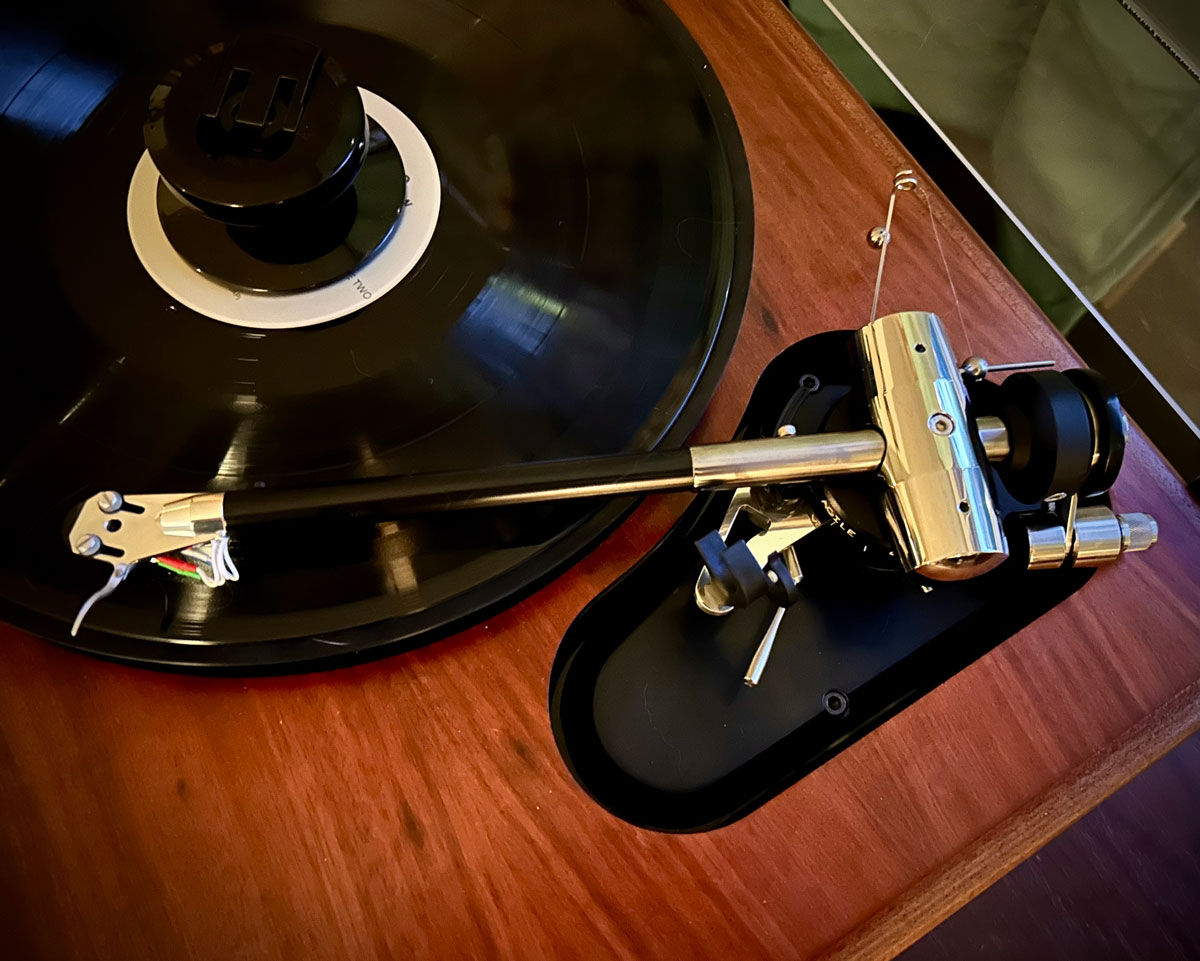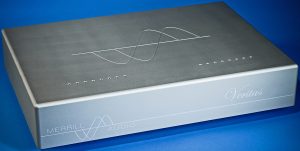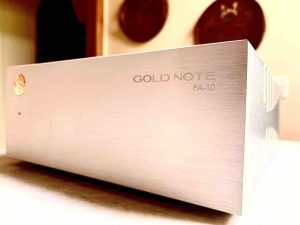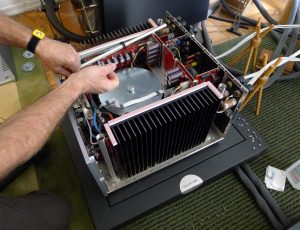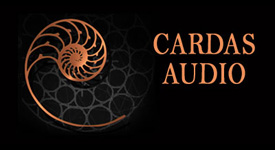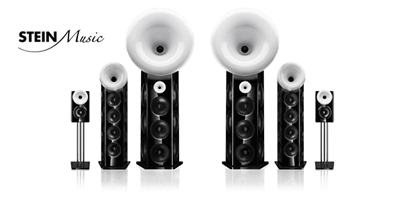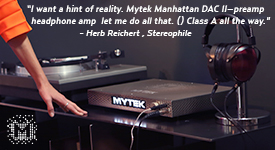Rarely does technology trickle up into the high-end realm of two-channel audio playback. Yet, in the case of Class D amplification, this has indeed happened. The Class D circuit was invented in the mid-1950s by Alec Reeves, and the first commercial product was released by Sinclair Radionics in 1964. A bit further down the road, in 1976, Sony debuted the TA-N88, a Pulse Width Modulation amplifier using V-FET transistors and a switching power supply.
In our hobby, Class D amplification came to most hobbyists' attention when it became the norm for subwoofer amplification. The technology was also adopted by commercial sound reproduction companies, such as the Peavey IPR2 and the Crown DriveCore series of amplifiers. Finally, Class D gained prominence in the lifestyle niche of audio reproduction due to its advantages in small size, light weight, and affordability. Products like the PS Audio Sprout came into existence due to this class of amplifiers.
Over the years, Class D amplification has steadily improved, and today it has made significant inroads into the realm of high-performance audio. For instance, the Mola Mola Perca stereo amplifier is a Class D-based design, with a price tag of just over $11,000 USD. There are also more affordable options, and motivated hobbyists can buy Class D modules and associated power supplies from Hypex Electronics and assemble a Class D amplifier for an attractive price. This process is not much different from buying computer parts from New Egg and assembling a computer tower. These are two points on a continuum, and many choices fall between them. What options are available to the audiophile who values musical reproduction but wants to obtain value for the money invested in an amplifier? Fortunately, this is a period of innovation and exploration in this new world of amplification. There is a great deal of discussion about the use of GaN FET transistors in Class D circuits lately, and Orchard Audio is one of the companies at the forefront of this innovative use of technology.
Orchard Audio was established in 2017 by Leonid Ayzenshtat, an electrical engineer who has completed projects for a number of high-profile companies such as Siemens, Lockheed Martin, and NASA. These are demanding manufacturing projects where precision is required, reliability is expected, and failure is not an option. Leo eventually decided to design and build his own DAC and amplifier for personal use as a way to express his passion for music. Friends and family commented on the excellent sound of his system, and eventually, this unlocked a desire to create Orchard Audio, where Leo could build audio equipment on his terms and to his standards. "Simplicity is the ultimate sophistication." This quote is the essence upon which Leo bases his designs. Previous projects in his portfolio created a blueprint for success, where every subsystem has a purpose, circuits are optimized for performance, with complexity not being a preferred solution. Bringing this philosophy into Orchard Audio, Leo feels that audiophiles from every walk of life should be able to experience outstanding audio without being priced out of the market. He achieves this goal by building simplicity and accuracy into his circuit design and using parts that are reliable and precise, yet not outlandishly expensive. The goal is to avoid costs that do not make meaningful contributions to overall performance or enhance reliability. The simple way of describing the Orchard Audio philosophy is "value for the dollar spent."
The Starkrimson Ultra Mono Ultra Premium is a pair of monoblock amplifiers, each chassis measuring 12.2" W x 13.9" D x 4.6" H and weighing 13 pounds. Each aluminum chassis has all the connections and controls on the back panel, with the Orchard Audio logo etched on the top plate of the amplifier. Power output is 250 WPC into 8 ohms and 500 WPC into 4 ohms. The amplifier is stable into 2 ohm loads, allowing pairing with difficult-to-drive speakers. The pair of amplifiers sells for $2599.95 per amplifier, or essentially $5200 for a pair of mono-block amplifiers. Certainly, these amplifiers are not meant for the cheap and cheerful niche of the market, but rather, are meant for audiophiles who appreciate excellent musical reproduction and want to maximize value for their investment.
Class D circuits have taken an evolutionary step forward with the incorporation of GaN FET transistors into the latest generation of amplifier circuits. These transistors have many uses, as they are found in electric motor drive systems, switch-mode power supplies, wireless charging systems, and other applications too numerous to mention. For audio amplification, the GaN FET transistor is valued for its rapid switching speeds, which result in lower crossover distortion caused by dead time inherent in the switching process. Orchard Audio amplifiers switch at 800kHz which is twice as fast as a premium MOSFET transistor. Every Class D amplifier is subject to switching distortion, and this must be dealt with in the design. With the utilization of GaN FET transistors, the distortion is pushed to a significantly higher frequency range, and a filter circuit tasked with removing these artifacts can accomplish this without intruding on the upper registers of music. The quality of the filter and the parts used to construct it are of significant importance, and Orchard Audio does not pinch pennies in this area. The filter consists of oversized coils wound with oxygen-free copper and high-quality film capacitors.
The input stage of the amplifier circuit is based on an op-amp that acts as an impedance buffer. Leo is a bit tight-lipped on the layout of this element of the amplifier, sharing only that "the circuit follows my overall design methodology," which is to say that the circuit design is as uncomplicated as possible while still meeting the requirements of the main amplification stage. Oftentimes, the most elegant design solutions are based on simplicity and quality parts.
Leo uses a modest amount of negative feedback in his amplifier, with a dual feedback circuit implemented before and after the output filter stage. Another benefit of GaN FET devices is that minimal feedback is needed, and this approach maintains the overall stability of the amplifier. Among audiophiles, there is a preconception that negative feedback is an undesirable element and that well-designed amplifiers do not use it. This is not the case. For example, Nelson Pass uses both negative and feed-forward feedback in his First Watt F7 amplifier. The reality is that negative feedback is just one tool among many available to an engineer for circuit design, and if used properly, it leads to a positive outcome. Conversely, if you do not respect its characteristics, then yes, you can have a poor outcome. Leo uses a light touch of negative feedback in his circuit, which provides the benefit of a low noise floor without any unwanted distortions or forcing the amplifier into oscillation.
The Orchard Audio amplifiers are compact and do not take up much floor space, so I placed them on a small set of stands next to my Classe Omega monoblock amplifiers. A Musician Audio Monoceros preamplifier pairs quite nicely with these amplifiers, and with an MSRP of $1200, it is representative of a component a hobbyist may use with them. A pair of JBL 4367 speakers is my reference, and I removed my subwoofers, allowing the amplifiers to drive the speakers full range. Source duties are handled by the Cen.Grand DSDac 1.0 Deluxe and the terNario Audio Core and Bridge digital player. Wireworld Silver Eclipse interconnects and Eclipse speaker cables complete the system.
The Starkrimson Ultra Mono Ultra Premium amplifiers possess stellar vocal reproduction, and I was mightily impressed with how capable this affordable set of amplifiers is. The Baja Sessions by Chris Isaak includes a rendition of "Two Hearts" that features excellent texture and tone in his vocals. The ability to present the little nuances in Isaak's vocal inflections allows for a stunningly realistic representation of his singing style.
The reproduction of Branford Marsalis' soprano saxophone on Mary Chapin Carpenter's piece "John Doe No. 24" is similarly impressive. The instrument's beautiful tone shines through the speakers when paired with the Orchard amplifier in a way few mid-priced amplifiers can achieve. Notes from the solo passage at the close of the song hang in the space between the speakers, slowly fading away and providing a melancholic closure.
During my listening sessions, I experimented with several types of interconnects between the preamplifier and the monoblocks. Pure copper interconnects provided a rich and textured sound but were too languid in the upper registers. A hybrid interconnect of copper with a silver overlay was an improvement, but my final choice was a pair of Wireworld Gold Eclipse cables, built from pure silver conductors. With these interconnects in place, the Orchard Audio amplifiers have excellent high-frequency extension and focus. The opening of "Photograph" by Kendra Shank features a set of chimes that cascade on the right-hand side of the soundstage, followed by a set of lightly shaken maracas. With copper cabling, the sound is soft and diffuse with a recessed presentation. With the silver interconnects, these instruments became tightly focused with a vivid and immediate presence. Within the context of my system and listening preferences, I have a definite affinity for silver interconnects when using this amplifier.
My initial impression of this amplifier was that its ability to create a believable soundstage was somewhat limited. Music did not project into the room in the same manner as my reference amplifiers, and the edges of the soundstage were not clearly defined. I could live with these limitations considering how well the amplifier performed in every other area. All of this changed when I installed the Wireworld Gold Eclipse interconnects. As I mentioned earlier, the upper registers became vibrant with improved presence, and I found that this also enhanced the overall footprint of the system's acoustic image. One evening, I was listening to Rickie Lee Jones' album Naked Songs. At the beginning of "Chuck E's in Love," the mics capture the size and depth of the crowd. You can hear enthusiastic fans clapping, cheering, and shouting their appreciation to Rickie. I can experience the size of the venue as it spreads across my front wall, including behind and outside the footprint of the JBL speakers. I cued up another album from Cocteau Twins and played "Pink Orange Red." Once again, the soundscape is expansive, with respectable depth and width. Instruments and various sounds are clearly defined and remain steadfast in their acoustic space without any wandering or loss of clarity. In the end, I revised my notes and will say if you pair these amplifiers with appropriate speakers, source components, and wires, you can achieve a nicely balanced and remarkable presentation of music.
The Starkrimson Mono Ultra Premium amplifiers are rated at 250 WPC at 8 ohms and will double this into a 4-ohm load. The JBL 4367 speakers are 94 dB efficient with a nominal impedance of 6 ohms, and this combination should be able to hit club-level volumes when you give the volume knob a twist.
There are some hidden pitfalls with these JBL speakers, though. The impedance curve is not benign, and while they have a nominal 6 ohm rating, there are several points in the lower registers where it dips down to 4 ohms, and at one point, it bottoms out at 3 ohms. Achieving authoritative bass from these speakers requires an amplifier that can deliver current, and simply put, the more of it is the happier these speakers are.
The Orchard Audio amplifiers perform quite respectably when tasked with driving these speakers. On "Filthy" (Monkey Mafia Mix) by Saint Etienne, the large-format 15" woofers of the JBL speakers are able to generate physical and primal bass notes with visceral impact. The power supplies inside the mono-block amplifiers are definitely capable of providing the juice when called upon. The following track I selected is "Shaolin Buddha Finger" by Depth Charge, and this piece is a high-energy mix right from the get-go. These amplifiers do not run out of power, never shut down, or show any ill effects from the considerable demands being made of them. These amplifiers are not a "watts on paper" design, but rather the real deal, for they provide current to meet the demands of speakers with challenging impedance curves.
A common thread that has been woven through the history of our hobby is that small companies are a hotbed for innovation, and that startup companies are often brought to life by people who have a true passion for music and the gear we play it back on. There have been a significant number of companies whose genesis began in someone's garage. Perhaps the company is a weekend endeavor while the founder works a day job as an engineer, electrician, or cabinet builder.
With Orchard Audio, we get to see this play acted out once more, with Leo Ayzenshtat exercising his entrepreneurial spirit by combining his love of music with his formidable engineering skills. In Orchard Audio, we get to experience the next evolutionary step in Class D amplification technology. The Starkrimson Mono Ultra Premium amplifiers are based on GaN FET transistors, which have unique characteristics that make them well-suited for use in an amplifier.
The elegant and practical circuit Leo has designed allows hobbyists to enjoy excellent audio playback at a price that is eminently reasonable. Orchard Audio products are certainly affordable in today's market, but do not think that they are cheap or second-rate in either design or quality.
In the end, all components must be judged by their ability to bring music alive, and these amplifiers certainly accomplish this task. Secondly, they need to be reliable, and Leo does not take shortcuts or skimp on the quality of the parts he uses. Finally, he is responsive to his customers' needs and makes himself as available as possible to support his customer base. For a small company, this is incredibly difficult to accomplish, but if you search the various forum boards, I do not believe I've ever come across a single negative post about Leo or Orchard Audio. That says a lot.
I do know Leo has an ongoing tour of one of his amplifiers on the Steve Hoffman audio board—after all, that is how I first caught wind of Orchard Audio myself. I would suggest you take the time to hear his products and perhaps sign up for his trial evaluation. This amplifier brings music alive with a complexity that exceeds its price point. You need to experience it. I know I enjoyed my time with this amplifier.
Starkrimson Ultra Mono Ultra Premium
Retail: $2599.95 each
Orchard Audio

